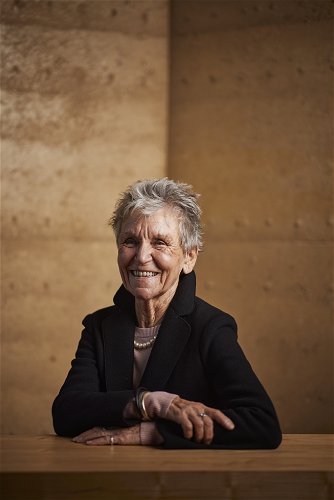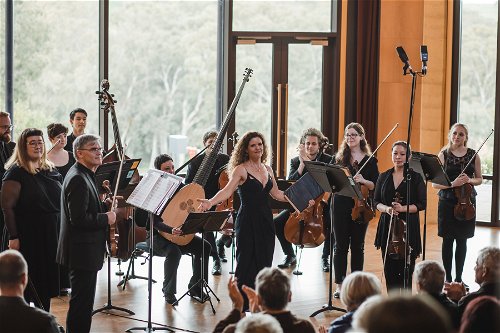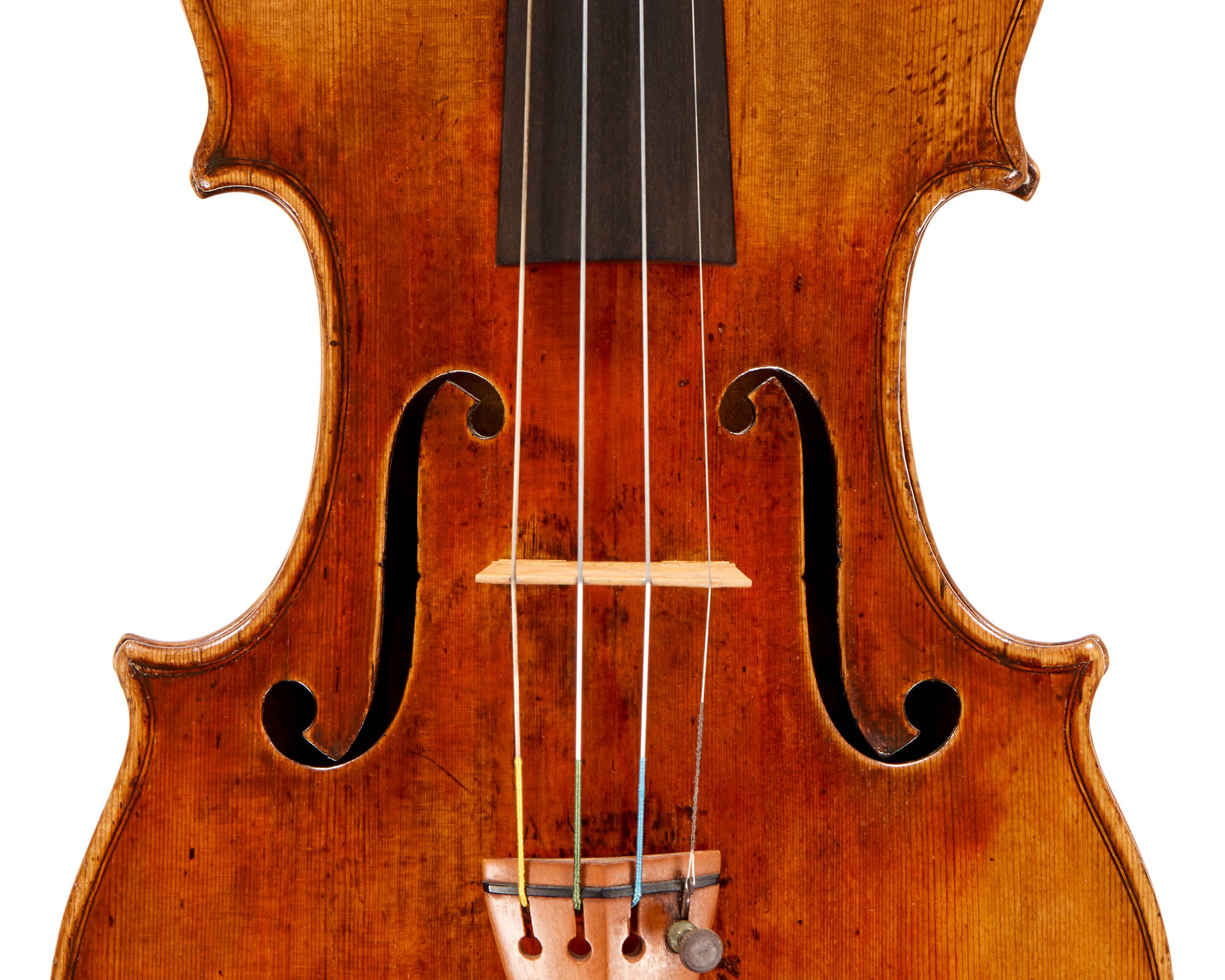
c. 1709 'Scotta' Stradivari
STORY BY TAHLIA LAMEY
Maker: Antonio Stradivari (1644–1737)
Origin: Cremona, Italy
Made: c. 1709
Label: 'Antonius Stradiuarius Cremonensis, Faciebat Anno 1709.'
Current Player: Anthony Marwood
Owner: UKARIA
Date Acquired: 2025
Date Loaned to Anthony Marwood: 2025
Earlier this year, the ‘Scotta’ Stradivari of c. 1709 was given to UKARIA by a generous Australian patron. Crafted at the height of Stradivari’s Golden Period, the violin has had a remarkable life in the hands of renowned musicians – a legacy that continues as violinist Anthony Marwood becomes its new player.
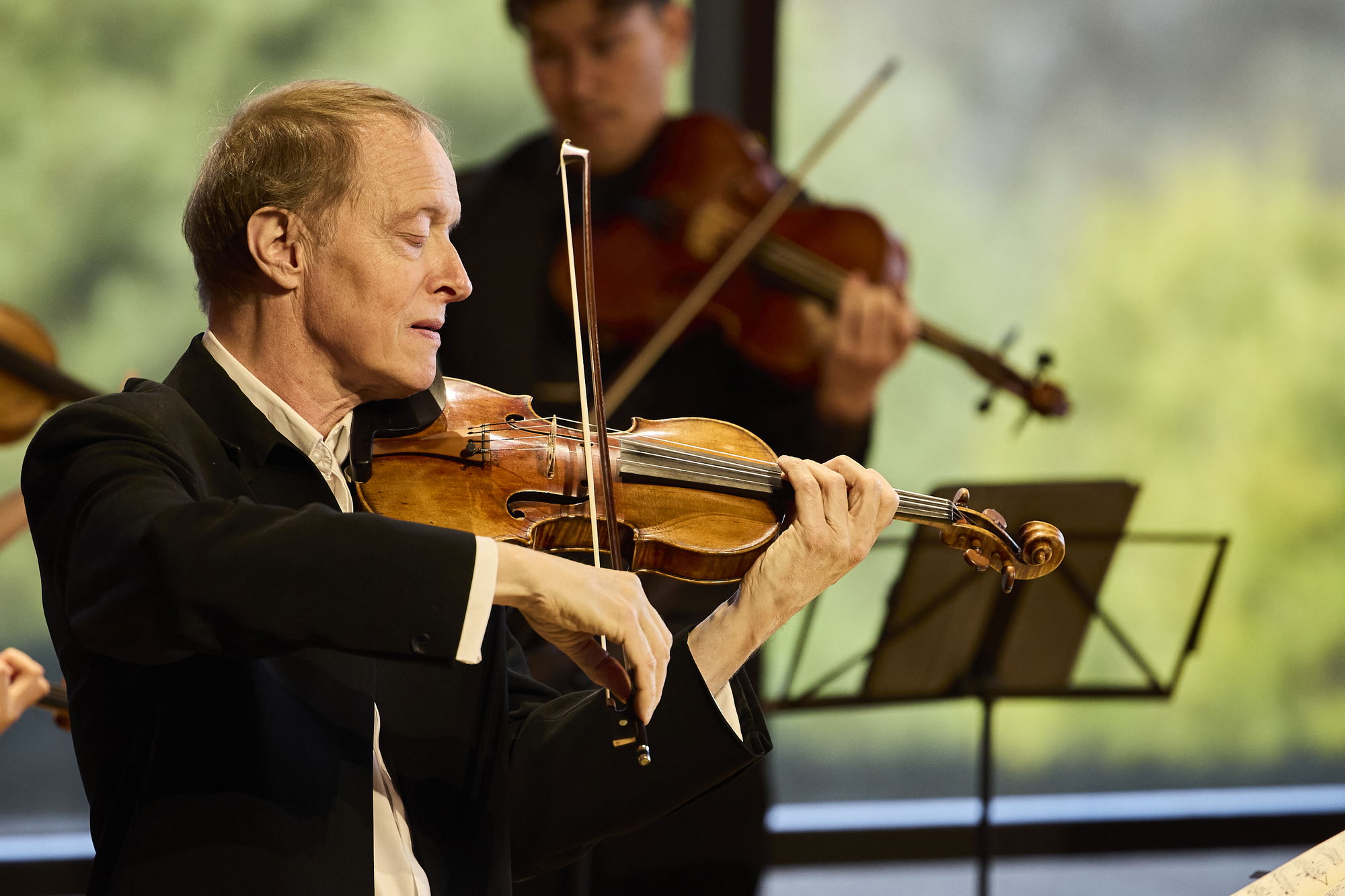
Crafted in 1709, the ‘Scotta’ violin has all the features of Antonio Stradivari’s Golden Period: a broad shape with flat arches, a flamed, single-piece maple back, and a lustrous red varnish – all made from exceptional materials in aid of a distinctly powerful sound. According to dendrochronologist Peter Ratcliff, the soundboard of this violin comes from the same log as was used for other 1709 violins by Stradivari, including ‘La Pucelle’, ‘King Carlos’, ‘Viotti’, ‘Greffuhle’ and ‘Wieniawski’.
The violin has found its voice through a series of artists who have each impacted the violin’s history and in turn been shaped by its generous personality. It now comes into the hands of British violinist Anthony Marwood, who speaks of the violin’s invaluable effect on his artistry: ‘The first notes I played on the Scotta jolted me with thrilling and electric energy – I was diving into a broad sound-world of colours: tragic depths and glistening brilliance, instantly gratifying but full of promises of secrets that could be unlocked. My explorations in the weeks since have given me the chance to experience how the violin resonates in large and small spaces, and with the sounds of other colleagues. There are places I can go to with this instrument that are uncharted territory for me. I’ve tried out repertoire both unfamiliar and familiar, and it’s clear this new companion is a great and inspiring facilitator – I can hardly believe what it is capable of. Not only does it have undeniable power – but what it can produce in whispering, in vulnerability, and with colours, is remarkable.’
The ‘Scotta’ Stradivari owes its nickname to Danish violinist Frida Schytte – better known by her stage name, Frida Scotta – who won the Premier Prix at the Paris Conservatory in 1890 and was later awarded the Danish ‘Order of Merit’ by the King and Queen of Denmark. In 1893 she told Arthur Hill of W. E. Hill & Sons that a Danish family was loaning her a 1709 Stradivari, which she later acquired herself. After her marriage to the German portrait painter Friedrich August von Kaulbach, she formed a string quartet with their children – the youngest of whom, Mathilde, was a talented violinist and inherited the violin on her mother’s death. After music studies in Munich and Vienna, Mathilde ‘Quappi’ Kaulbach also married an artist – Max Beckmann, whose modernist work came under the censorship of the Nazis in the 1930s. Foreseeing further persecution, Mathilde and Max sold the Stradivari to Emil Herrmann, a leading instrument dealer of that time, before leaving the country to seek refuge in Amsterdam and then America.
The violin was fortuitously purchased from Herrmann in 1936 by violinist Barbara Kempner, who was related through marriage to the Mendelssohn’s banking empire. Thanks to their financial acumen and family connections, Barbara and Friedrich Kempner were fortunate to emigrate from Germany with the violin still safely in their possession. Arriving in the United States in 1939, Barbara reconnected with her former violin teacher, Adolf Busch, who was instrumental in the development of chamber music in the US. In 1951, Busch went on to found the legendary Marlboro Music School in collaboration with his brother Hermann Busch, Rudolf Serkin, and Marcel, Blanche and Louis Moyse. Having played a significant role in both the Busch Ensemble and the establishment of Marlboro, Barbara incrementally donated the ‘Scotta’ to Marlboro during the 1980s, where it remained until 2021. It was then purchased by an Australian patron, and lent to Finnish violinist Pekka Kuusisto, whose mastery of storytelling was an equal match for the violin’s rhetorical qualities. Pekka elaborated on this in a 2022 interview with The Strad Magazine, ‘I haven’t met a fine instrument with this kind of magic before. It likes whispering. I’ve said it before, but if you go to a play with fantastic actors, it’s when they talk quietly that you’re most interested in what they have to say. That is the vibe I get from this violin. But it has power and it’s glorious and it sort of soars, but when you play quietly on it, suddenly all these colours, all these vowels and consonants want to be used.’

After the violin was generously given to UKARIA, Anthony Marwood was identified as the natural successor: an artist of virtuosity and imagination, who has enjoyed a special rapport with UKARIA since his first performance here in December 2017. ‘How vivid is my memory of playing at UKARIA and meeting Ulrike and Alison for the first time,’ Anthony writes. ‘My first encounter with the concert hall and the burgeoning gardens in that special setting was exciting in so many ways that it felt to me like the beginning of a relationship. The post-concert dinner sparkled with animated conversation, and I had the feeling I was celebrating with old friends.
Ulrike and Alison’s subsequent visit to my Peasmarsh Chamber Music Festival in the UK led to the invitation to curate UKARIA 24 in 2023. The framework UKARIA provided encouraged me to be as creatively free as possible, and a blank sheet of paper was soon overfilled with ideas, which were then refined into a program that was fulfilling and unique to that time and space. The experience of that Festival deepened our connection.
And so the scene was set, unknown to any of us at first, for the arrival of the glorious Scotta Stradivarius. There was a mysterious sense of good timing which I think we all felt quite intensely. Practicalities were solved one by one and now I have the huge honour of taking on this great instrument, which is especially meaningful and moving for me since the proposal comes not only from Australia, a country that has been so welcoming to me as a performer, but from UKARIA itself.’
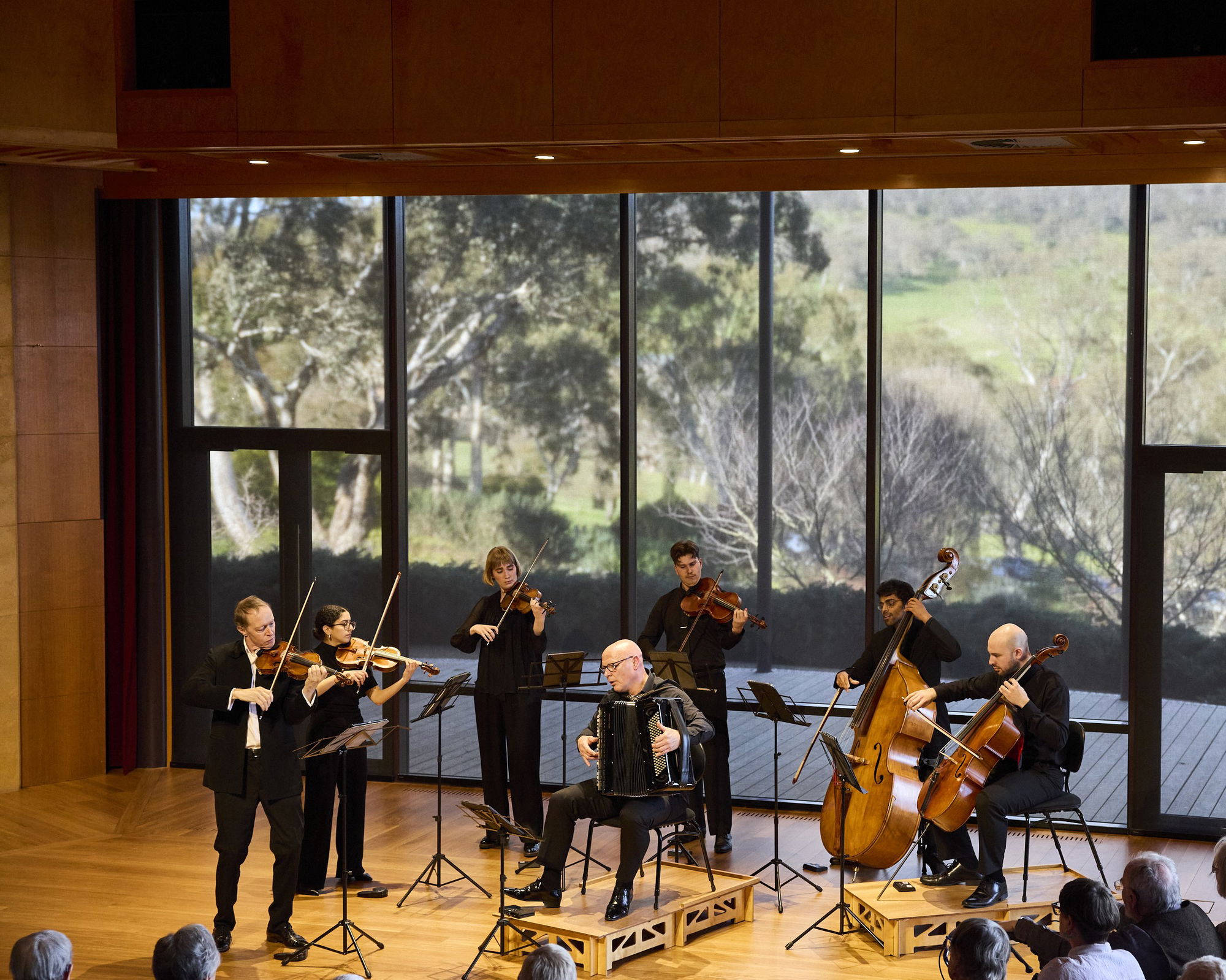
An artistic collaborator by instinct, whether in concertos, chamber music or other genres, Anthony has considered the perspective of his colleagues during the multi-faceted process of transitioning to a new instrument. ‘These last weeks I have played with a number of colleagues who are familiar with the mystical qualities of the extraordinary Bergonzi violin I have been privileged to play these last twenty years – and all of them have enthusiastically welcomed the Strad.
The greater the instrument, the more potential there is for you to become your best self as a player. I feel so lucky to have this door opened for me.’
Anthony brought the ‘Scotta’ Stradivari to UKARIA for the first time on Sunday 14 September 2025, performing alongside his duo partner James Crabb, double bassist Rohan Dasika and a string quartet of next-generation artists from the Australian National Academy of Music.


.jpg?class=grid1)
